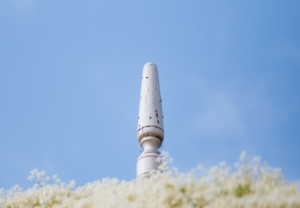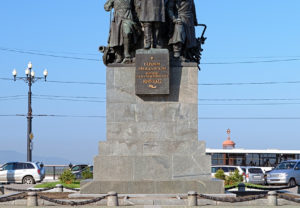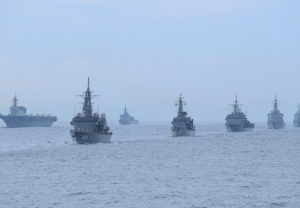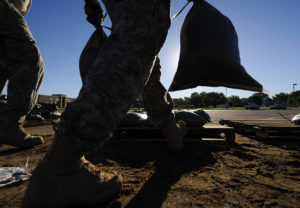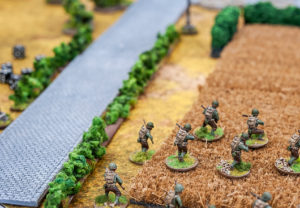This summer the Marines proudly told the world that the F-35B — the “state-of-the-art” stealth fighter that cost taxpayers a whopping trillion dollars to develop and $251 million a pop to make — was “operationally capable”.
This is what they just a few months back, in July (via Defense Update):
“VMFA-121 has ten aircraft in the Block 2B configuration with the requisite performance envelope and weapons clearances, to include the training, sustainment capabilities, and infrastructure to deploy to an austere site or a ship. It is capable of conducting Close Air Support, Offensive and Defensive Counter-Air, Air Interdiction, Assault Support Escort and Armed Reconnaissance as part of a Marine Air Ground Task Force, or in support of the Joint Force.” Gen. Joseph Dunford, Commandant of the Marine Corps declared.
They were lying. The Marines. General Dunford. Lockheed. All of them.
Because according to a recent eye-opening and damaging report from the Project on Government Oversight (POGO), the F-35B is not “operationally capable”. At all. Contrary to what the United States military chose to publicize or “highlight”, the report goes on to say that, in reality, the aircraft performed poorly in many key areas when it was taken through the ringer on the USS Wasp in May. So poorly that it would most likely stay grounded should it ever be needed like right this second.
Here are just a few of the lowlights of the comprehensive account:
-
A mission capable rate of 50% among the six aircraft deployed for the test
-
Numerous MV-22 Ospreys on high-alert to assist in ushering parts to the hobbled fighter (something that would never exist on a combat mission)
-
Radar, radio and electro-optical targeting system issues
-
Nose apertures for the infrared Distributed Aperture System (which provides missiles launch warning and situational awareness to pilots) were not installed
-
Night vision camera use was restricted to elevations above 5,000 feet
-
Use of outdated software (its intended software won’t be ready until 2017) that severely limits its capabilities/weapons options
POGO‘s summarizing conclusion wraps up the whole embarrassing situation nicely, and supports what many around Washington are speculating: that the powers (Lockheed, the Marines, etc.) behind the project simply wanted everything to think that they hit their highly-anticipated deadline, when in actuality they didn’t, and the aircraft is still ways away from ever being an asset the military has at their disposable.**
Yep:
The USS Wasp operational test, which seems no more than a PR exercise, simply confirmed that beyond the highly publicized questions regarding the F-35’s combat effectiveness, more pressing issues remain about its basic reliability. If the most expensive weapons system in history can’t even get off the ground often enough to train pilots adequately, then all the money spent on it has been wasted.
**- According to Foxtrot Alpha via POGO, “F-35Bs will not be deployed to Okinawa until 2017 at the earliest, and won’t be deployed on amphibious ships until 2018”. Which leads one to wonder: by this time, and with the leaps in technology that seem to only grow exponentially as we’re hurdled further and further into the future, are unmanned aircrafts going to be desired or necessary three years from now? With the rise of drones (and its a serious rise) and the enormous liability/responsibility that comes with putting a human life in a speed-of-sound metal bird carrying explosive weaponry, how will this costly fighter prove its worth and win a significant role in an ever-changing landscape of modern, remote joystick warfare?


